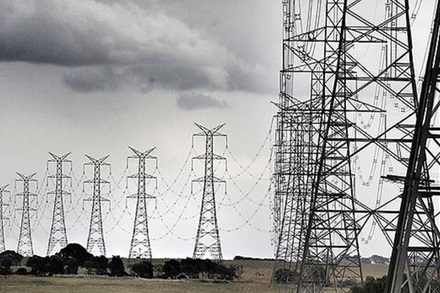News flow
In our view the main news of the week was Brendan Pearson’s departure from the Minerals Council of Australia. Saving Matt Canavan, he was probably the strongest coal advocate in Australian public life. HIs departure was accompanied in the same week by a statement from BHP that they support the Clean Energy Target (CET).
Let’s count the numbers:
- The utility industry supports a CET
- Parts of large business such as BHP support a CET
- Investors and the banks certainly would support a CET
- Significant but undisclosed portions of the Liberals support a CET
- The ALP supports a CET
- The States will support a CET
I think that adds up to a large majority, but maybe I can’t count.
Your analyst’s opinion is that getting a respectable CET in place is Turnbull’s best chance of getting re elected.
Of course he would take fire from disaffected elements on his own side, including possibly the Nationals. However, even the Nationals are divided on the issue. The Farmers’ Federation wants something done about climate change, there are all the regional jobs etc.
Turnbull has made energy the priority therefore he has to solve the problem. The funny thing is that the delay is just as likely to drop his home State NSW in the doo doo as anyone else.
It’s NSW that has some of the oldest generators and NSW has always relied on imports. It was NSW that came close last summer even when Hazelwood was operating. NSW doesn’t have that much in the way of large scale renewables and in any case if there is a blackout in NSW it will be “shoot first ask questions later”.
NSW is missing out on its fair share of the renewables boom because it follows the Federal Govt cap in hand.
Turning to the weekly action
- Volumes:. Fig 5 shows that we are well into the slowest period of the year for electricity volumes and in fact volumes were still down 4% against even that soft benchmark. Victorian volumes were down 7%. Essentially despite the extreme weather in February there has been no overall volume growth this year.
- Future prices we discussed futures prices extensively in a note last Friday. Fy19 prices did drop 2-3% over the week
- Spot electricity prices the data shows that spot prices were more than 100% up on last year for the week. Nevertheless on Sunday we saw the lowest daily averages in the last 12 months and extensive negative prices in South Australia.
- REC No movement. This market is essentially becalmed as we wait for the Turnbull policy.
Gas prices continued to fall with the 30 day STTM moving average at $7.90. This is mainly due to a sharp fall in the Adelaide price.
- Utility share prices. Share prices were relatively calm although ORE (Orocobre) continued its recent recovery. One might wonder why worry about share prices when you can “crowd fund” a “bit coin”. Normal investor protections won’t apply but you could get lucky. Your analyst will stick with the conventional stuff for a while just yet.

Share Prices


Volumes

Base Load Futures, $MWH

Gas Prices


David Leitch is principal of ITK. He was formerly a Utility Analyst for leading investment banks over the past 30 years. The views expressed are his own. Please note our new section, Energy Markets, which will include analysis from Leitch on the energy markets and broader energy issues. And also note our live generation widget, and the APVI solar contribution.
(Original article modified to correct editing error on an acronym (ORE).








